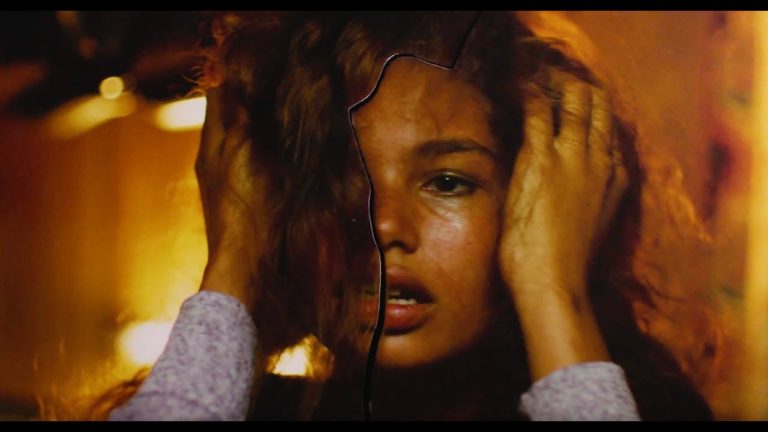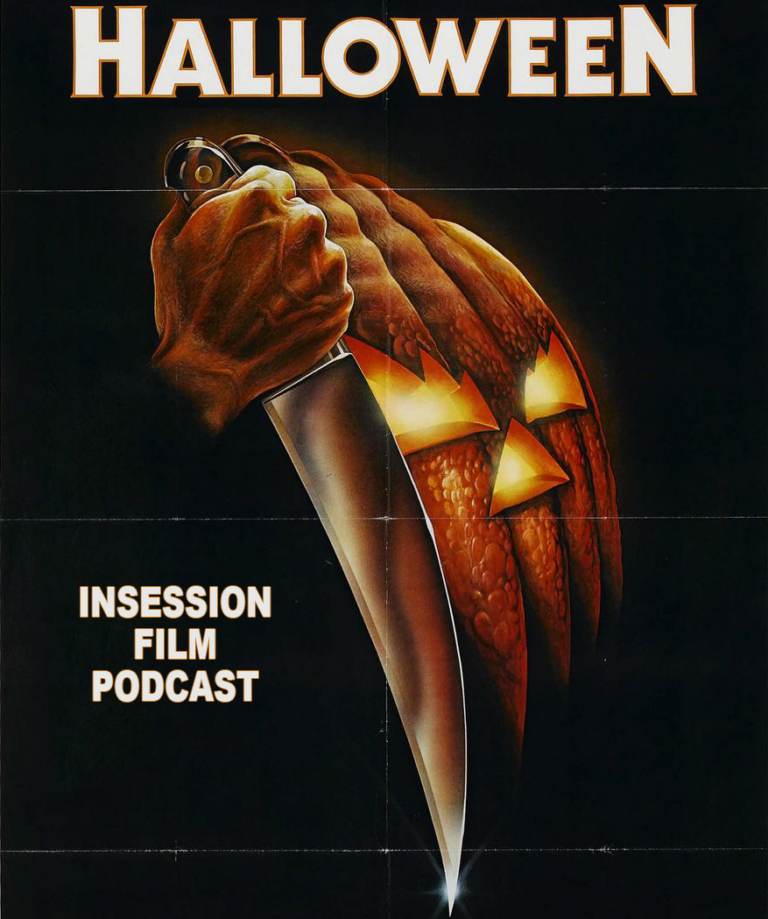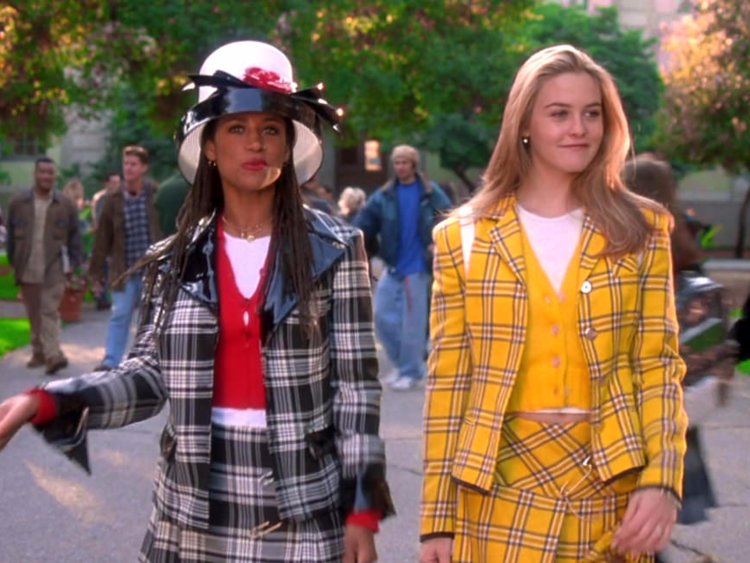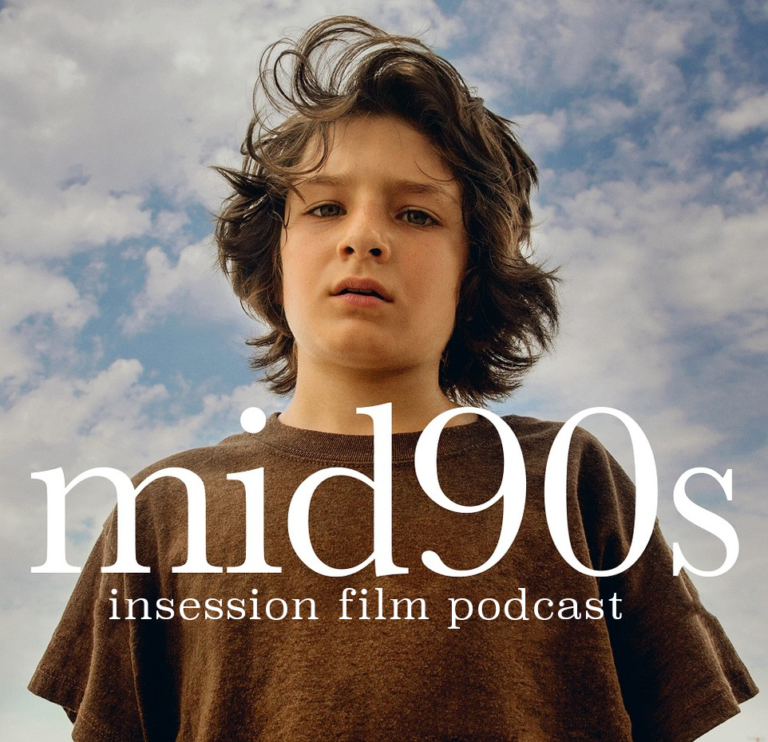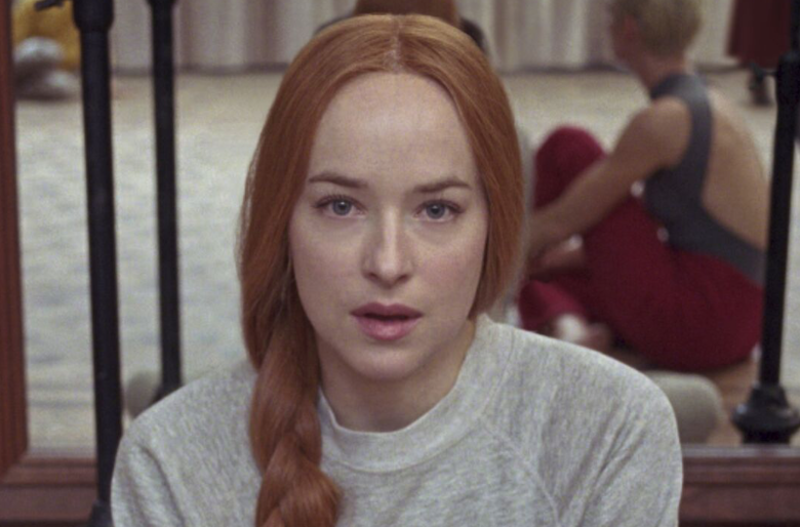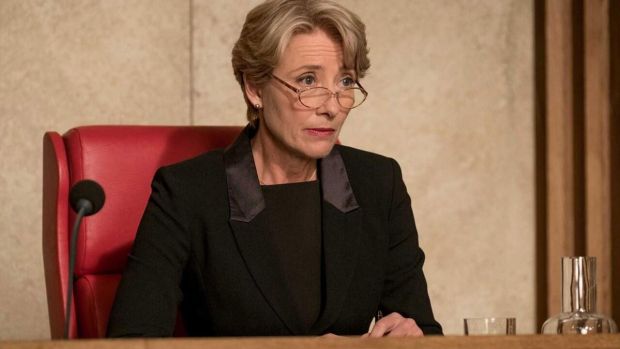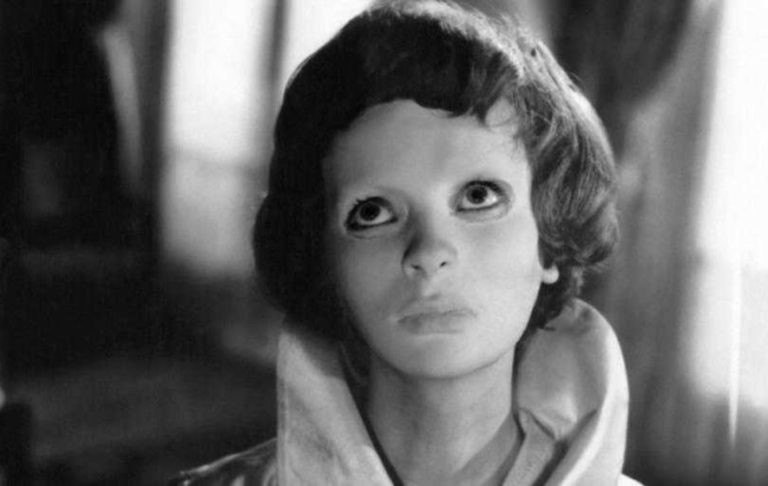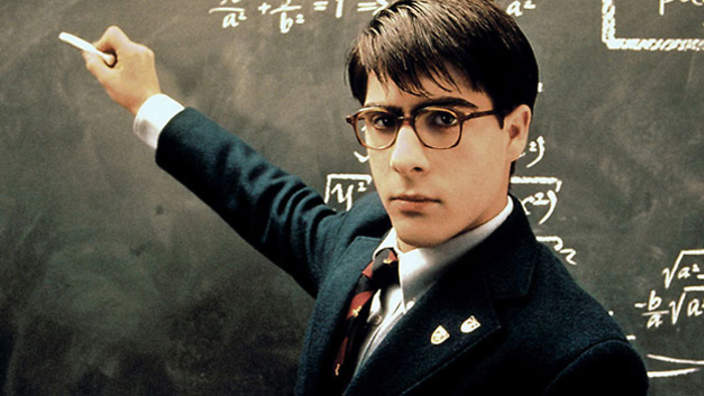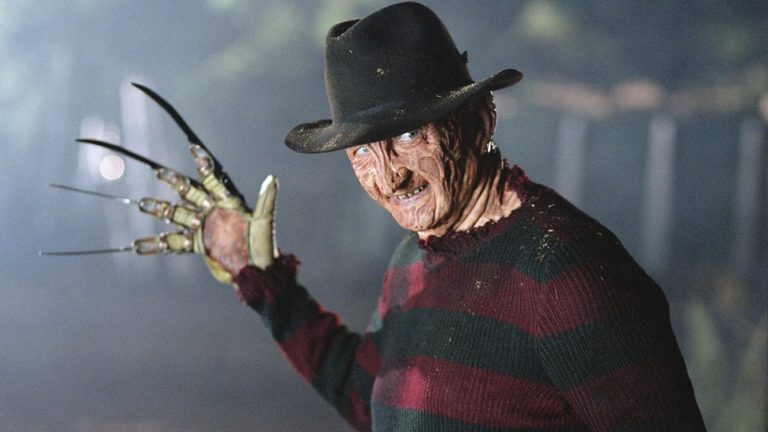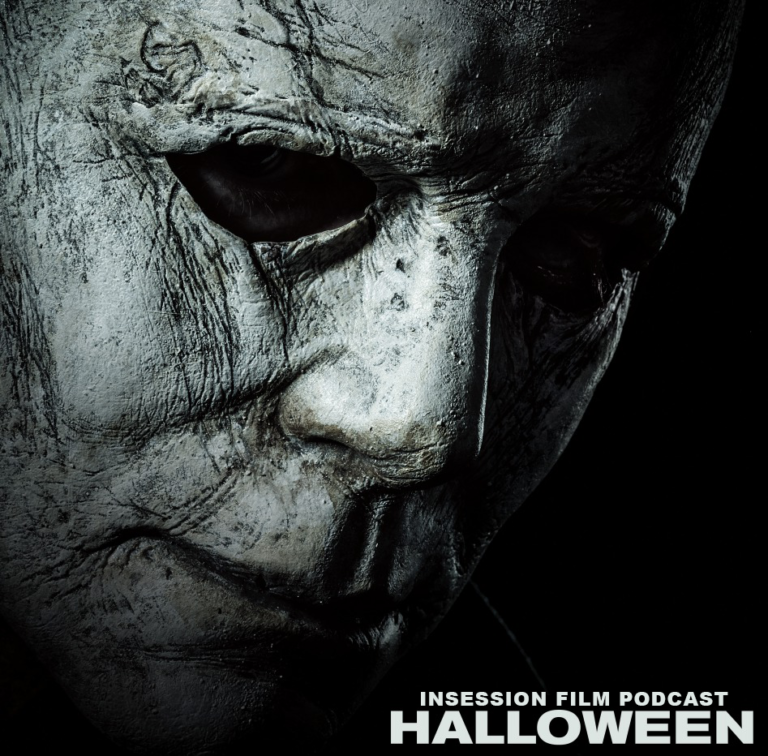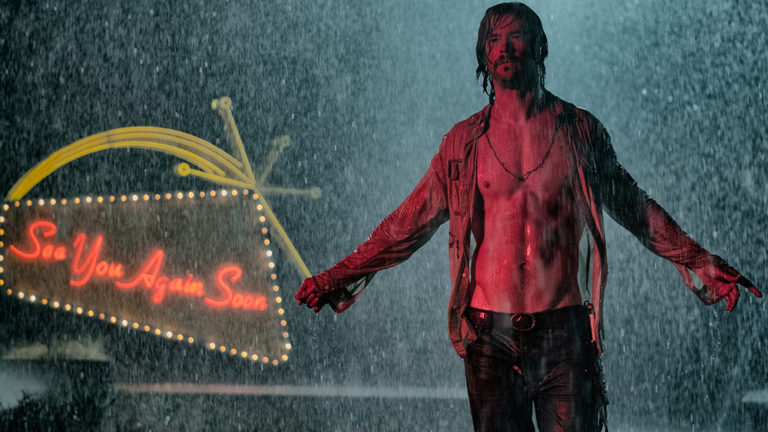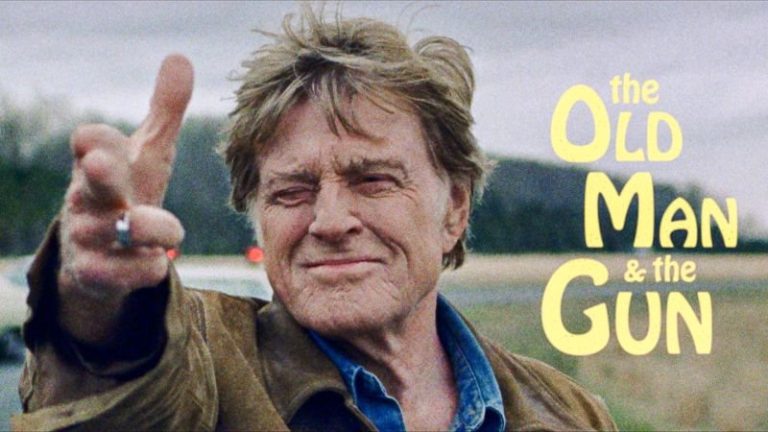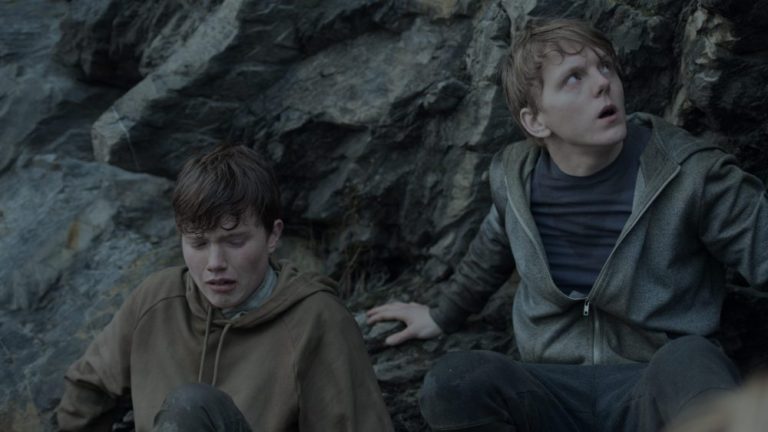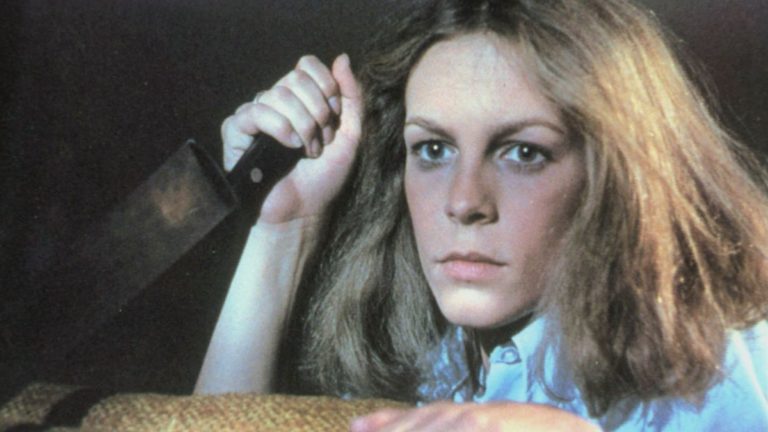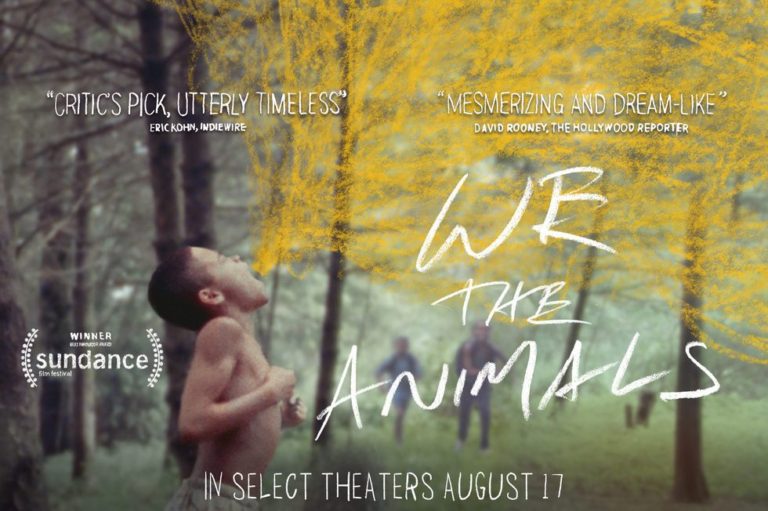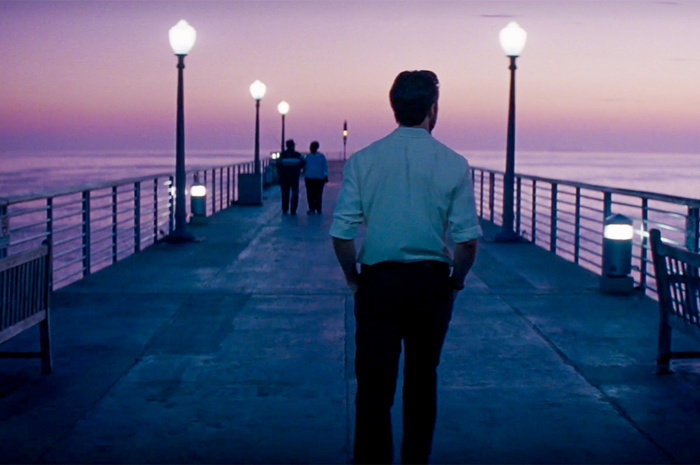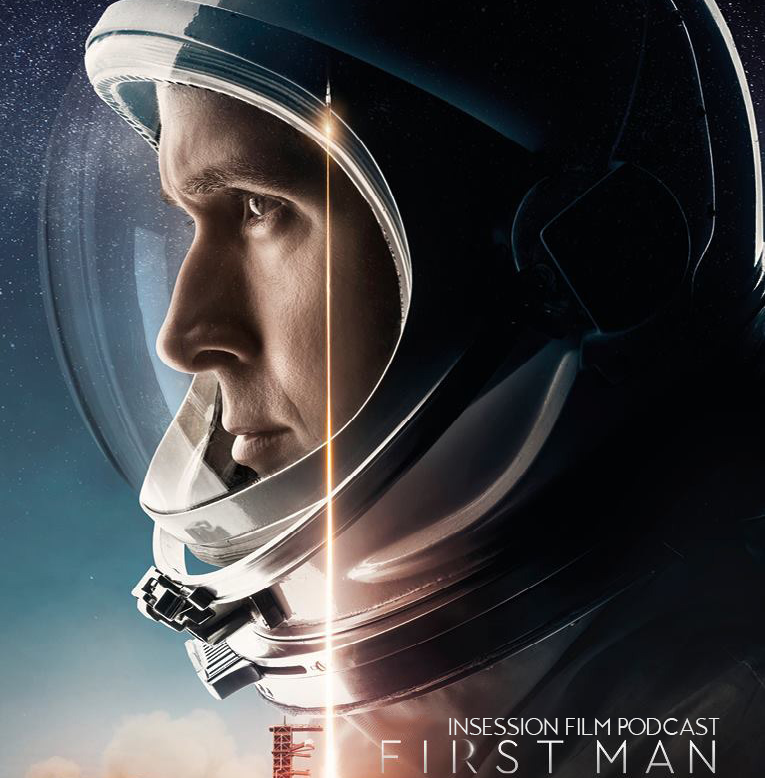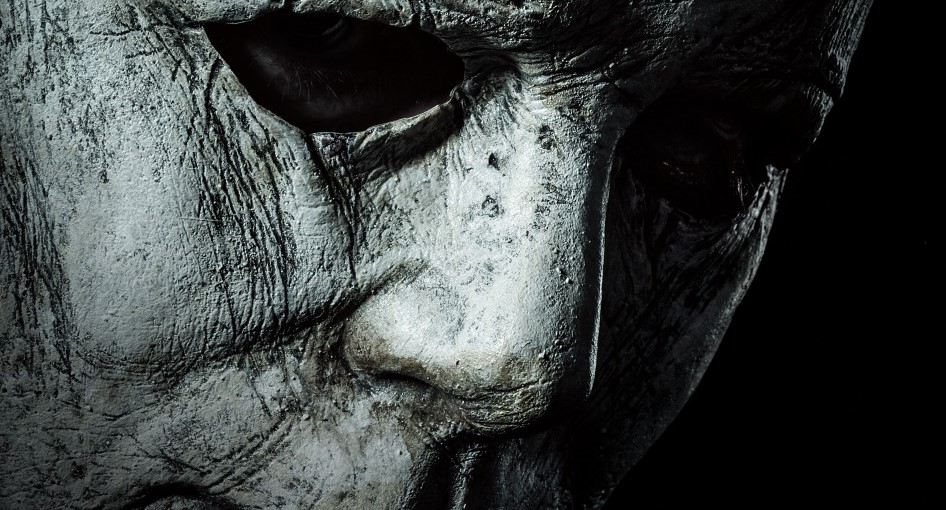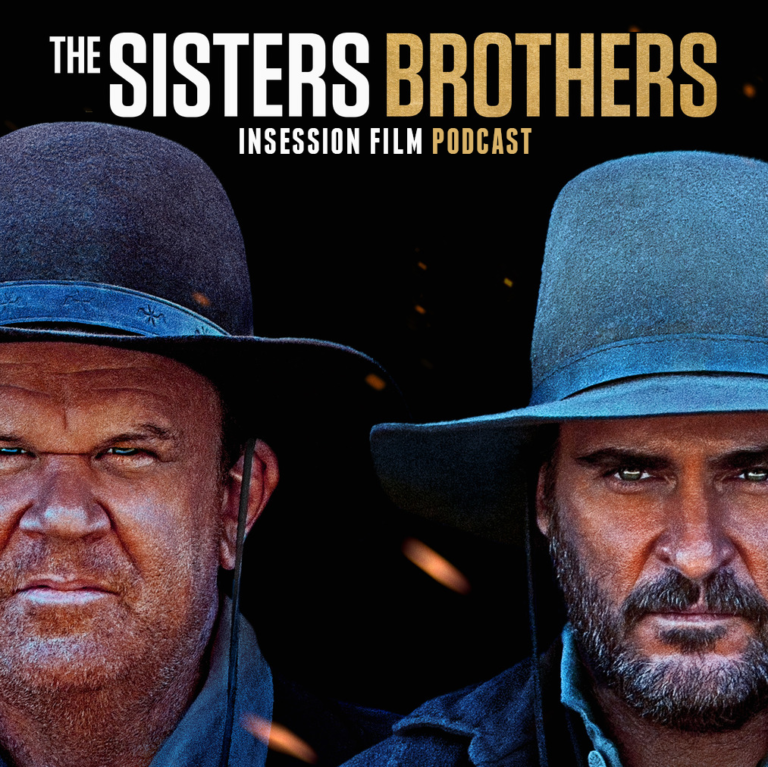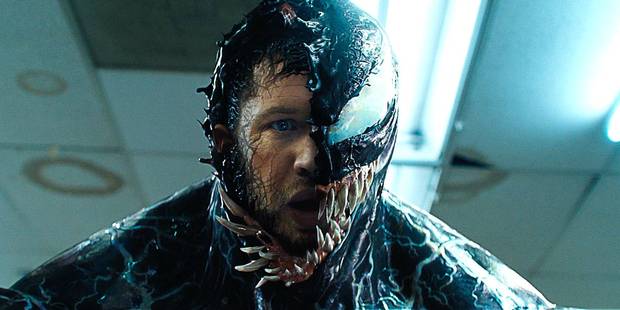Director: Josephine Decker
Writers: Josephine Decker
Stars: Helena Howard, Molly Parker, Miranda July
Synopsis: A theatre director’s latest project takes on a life of its own when her young star takes her performance too seriously.
[/info]
Josephine Decker’s Madeline’s Madeline is one of the more rapturous and disorienting experiences you’ll have in 2018. It’s an astounding work of art where Decker actively attempts to redefine the boundaries of storytelling in how she edits, stages and composes Madeline’s journey. It’s bold, invigorating and stimulating filmmaking. Sure, it’s also experimental, but Decker is somehow able to find an emotional root that still feels familiar and relatable.
Madeline’s Madeline tells the story of Madeline (Helena Howard), a young teenager who is struggling from some sort of mental ailment, but she finds comfort in the theater troupe that she participates in daily. Her home life has its up and downs, which makes her condition all the more volatile. Her single-mother, Regina (Miranda July), is caring and protective even if she doesn’t always understand Madeline. This leads to more volatility and resentment toward Regina. In an attempt to remedy the missing gaps of that relationship, Madeline looks to the theater troupe’s leader Evangeline (Molly Parker), who form a bond that eventually becomes exploitative in its own right.
Behind the bizarre and clever editing that makes Madeline’s Madeline a unique experience is something more concrete. If you peel apart the abstractness, you’ll find a steady dichotomy of the mother/daughter relationship that truly centers the film. Madeline and Regina are two women who are driven apart by an unspecified mental illness, but also they are fundamentally very different people. Madeline is able to express every thought and emotion with a deep vigor while Regina mightily lacks the ability to express herself at all. You could argue their race is a barrier as well. Regina is white, Madeline is biracial, and while the never speaks to it directly, Decker does highlight in her direction how this becomes another hurdle they have to jump over. Throughout the entire film, this dichotomy is always on the razor’s edge, tugging back and forth between empathy, love, impatience and disconnection.
Decker then smartly mirrors that duality with the evolution of Madeline’s relationship with Evangeline, another adult woman who doesn’t seem to comprehend the gravity of her choices. She wants to use Madeline’s life as a narrative vehicle for the theater troupe, but becomes blind in her ambitions.
What makes Madeline’s Madeline so striking, and almost unnerving, is how vulnerable Madeline is throughout the film. She’s very charming and endearing, but clearly struggling with something intimate. Yet, the *adults* around her lack empathy or understanding, and presumptuously have no self-awareness as to how their actions effect her. Regina is a mom that does love her daughter – there’s a great scene in a park is really heartwarming – but she’s often times impatient, forces control and lashes out at Madeline. Evangeline, in an equally disturbing way, exploits Madeline’s anxieties and fears for her own benefit. All of this leads to some fascinating questions around ethics and manipulation. Decker sets out to examine if it’s right to tell someone else’s story, something so personal and raw to the individual, when they clearly are not comfortable with it. It becomes even more gray and complicated as Madeline doesn’t fully voice her concerns either. In the end, Madeline’s Madeline becomes a powerful mechanism that taps into the importance of empathy and understanding. The presumptuousness by Regina and Evangline take their toll and it leads to one of the best endings of any film in 2018.
There’s a scene where Madeline acts out being her mom, as part of a theater troupe exercise, and it becomes extremely cathartic. It’s heartbreaking as both Madeline and Regina realize the truth of just how devastating the gap is in their relationship. The aftermath only gets more intense though. Decker focuses the camera on Evangeline, who is astonished by the “performance” that Madeline gave in depicting her mom. Yet again, not fully grasping what had just happened, she continues on as the bystanders around Madeline (other members of the troupe) are jaw-dropped. Everyone in this moment is stunned. The potency of Madeline’s truth is vivid and provocative, yet for Regina and Evangeline it was something else entirely for them. It’s a powerful moment that wonderfully demonstrates the ramifications of exploitation and how it can lead to isolation.
Those notions are impressivley poignant because, Decker’s direction is incisively visceral, but also because the performances are fantastic. Howard in particular demonstrates a scintillating prowess that is extraordinary. The way she immerses herself into Madeline’s plights is dazzling in every way. For as vulnerable and volatile as Madeline is, she’s never untruthful. Madeline is always grounded and human in her emotions, and Howard does a great job of giving Madeline a strong empathetic quality. July is also great in emulating Regina’s frustrations and what drives her actions. Parker gives an alluring performance that gracefully weaves between ignorance and ambition, two elements that lead to murky actions for Evangeline.
Ashley Connor’s cinematography is noteworthy as well. She lingers on many close-ups, sometimes extreme close-ups, and it gives the film an intimacy that amplifies it thematically. There’s a hazy focus that wonderfully compliments the blurring of lines we see between Madeline, Regina and Evangeline. Additionally, the editing, sound design and score all help take Madeline’s Madeline to another level.
Understandably, Madeline’s Madeline will not be for everyone. Some will find it pompous. Others will see it as mundane and empty. I find it fearless. Decker’s ambition and inventiveness establishes her voice in ways that are stunning. Howard is a star in the making. For as biting as this film is at times, it’s equally as soft and emotional. That ending shot is as evocative as anything I’ve seen all year.
Overall Grade: A
[divider]
Hear our podcast review on Extra Film:
[divider]



